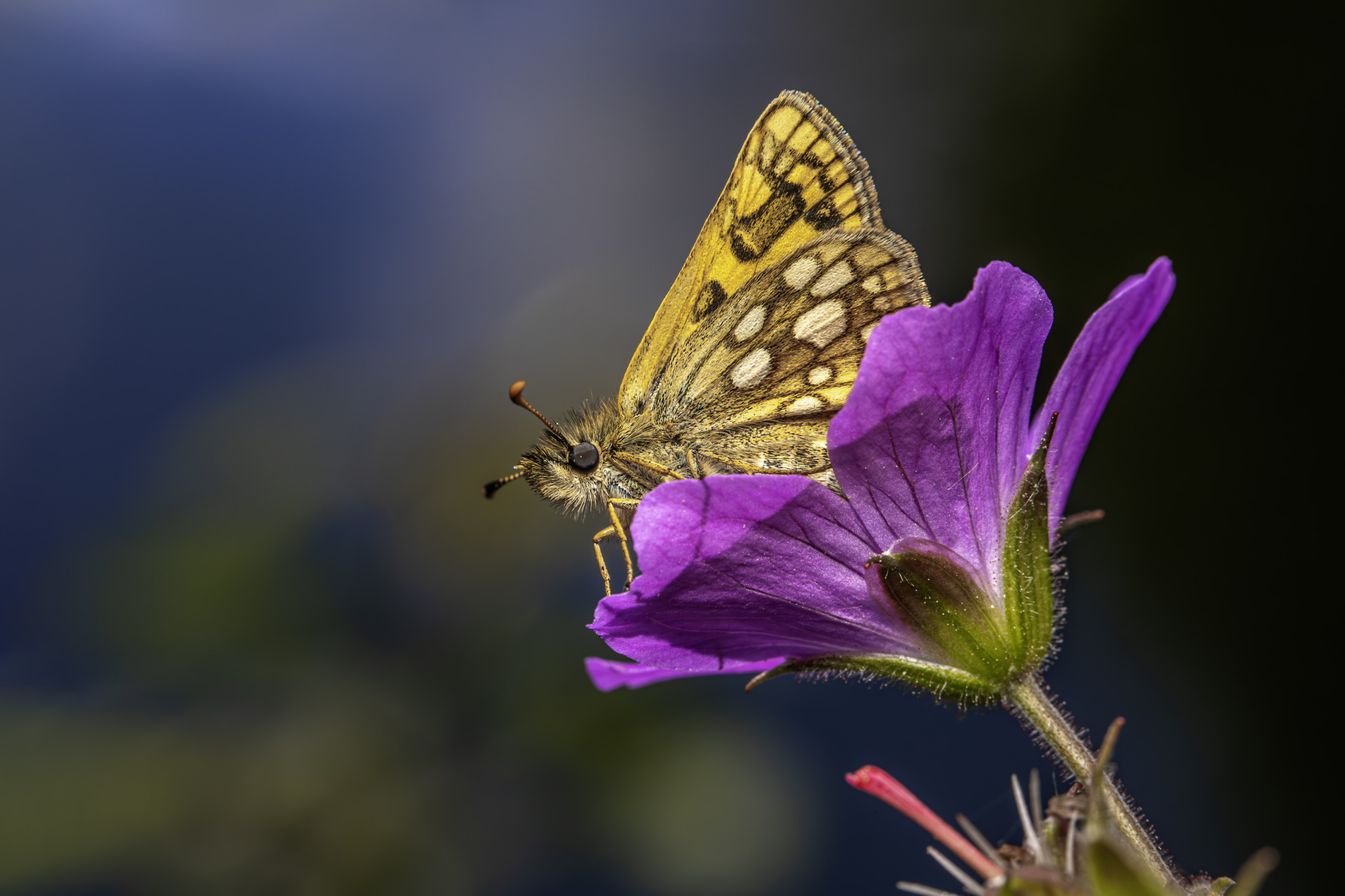Here’s a complete natural history overview of the Chequered Skipper (Carterocephalus palaemon), one of Europe’s most charming but locally rare butterflies. 🦋
🦋 Chequered Skipper (Carterocephalus palaemon)
Family: Hesperiidae (Skippers)
Genus: Carterocephalus
Common name: Chequered Skipper
🌍 General Overview
The Chequered Skipper (Carterocephalus palaemon) is a small, fast-flying butterfly known for its distinctive golden and dark brown checkered pattern on the wings.
It inhabits moist woodland clearings, grasslands, and river valleys, where sunlight reaches low-growing grasses and wildflowers.
This species is considered a symbol of successful conservation in parts of Europe — having been reintroduced to areas in the UK after local extinction.
🧬 Identification
| Feature | Description |
|---|---|
| Wingspan: | 27–31 mm |
| Upperside color: | Dark brown with orange-yellow spots forming a chequered pattern |
| Underside (hindwings): | Olive-green to brown with pale yellow spots and a checkered appearance |
| Body: | Stocky, with large eyes and a furry thorax typical of skippers |
| Antennae: | Hooked at the tips — a hallmark of the Hesperiidae family |
🆔 Key ID features:
- Small size and fast, darting flight
- Golden-yellow spots on dark brown wings
- Olive-green underwings with cream markings
🌸 Behavior and Ecology
- Flight period: May to July (depending on region and altitude)
- Activity: Active in sunny weather; rests on low vegetation
- Feeding (adults): Nectar from bugle (Ajuga reptans), buttercups (Ranunculus), bluebells, and thistles
- Males: Occupy sunny territories along woodland rides, waiting for passing females
🪺 Life Cycle
| Stage | Description |
|---|---|
| Egg: | Laid singly on the underside of grass blades, especially purple moor-grass (Molinia caerulea) |
| Larva (caterpillar): | Green with a darker head; hides in rolled grass leaves |
| Pupa: | Spins a loose cocoon low in vegetation or leaf litter |
| Overwintering: | As a larva inside a grass tube |
| Generations: | One per year (univoltine) |
🧠 Larval food plants:
Primarily purple moor-grass (Molinia caerulea) and occasionally other grasses like Brachypodium species in drier habitats.
🌲 Habitat
- Prefers damp, grassy woodland clearings, valley meadows, bog margins, and woodland rides with partial shade.
- Requires a mosaic of tall grasses and wildflowers — essential for both caterpillar feeding and adult nectar sources.
🧭 Distribution
- Range: Widely distributed across northern and central Europe, extending through Scandinavia, the Alps, Russia, and northern Asia.
- In the UK: Once extinct in England (by 1976), but successfully reintroduced to Scotland and parts of England (2018–2023).
- In Estonia and northern Europe: Fairly common in moist meadows and open woodland glades.
📉 Conservation Status
| Category | Details |
|---|---|
| IUCN Red List: | Least Concern (Europe), though declining locally |
| Population trend: | Stable in northern Europe; recovering in reintroduction areas |
| Threats: | Habitat loss due to woodland clearance, drainage, and intensive land use |
| Conservation measures: | Management of woodland rides and restoration of damp grasslands |
🧠 Interesting Facts
- The Chequered Skipper is not closely related to the more common large and small skippers — it belongs to a northern, boreal lineage of skippers.
- Males are territorial and often return to the same perch spot each day.
- The butterfly’s reintroduction in England is one of the UK’s most successful insect recovery projects.
📊 Summary Table
| Trait | Description |
|---|---|
| Scientific name | Carterocephalus palaemon |
| Common name | Chequered Skipper |
| Family | Hesperiidae |
| Wingspan | 27–31 mm |
| Flight period | May–July |
| Host plants | Molinia caerulea (Purple moor-grass) |
| Habitat | Damp woodland clearings, meadows |
| Distribution | Northern & Central Europe, Asia |
| Status | Common in north, locally rare elsewhere |
Views: 1522
Subscribe to the newsletter:
